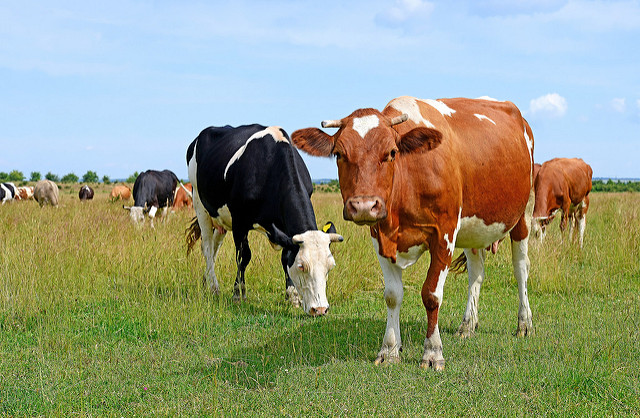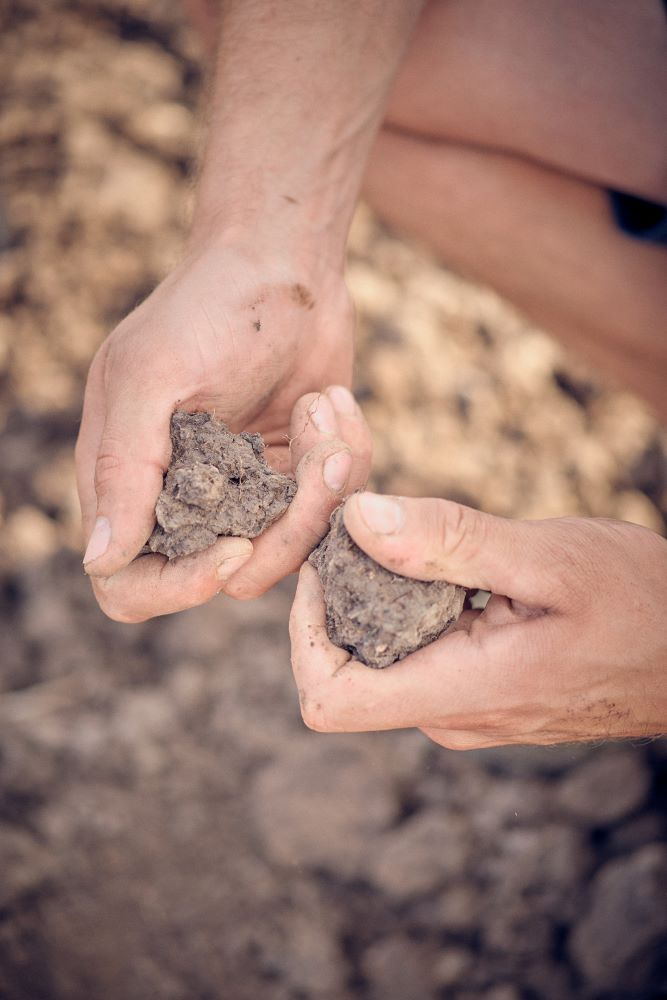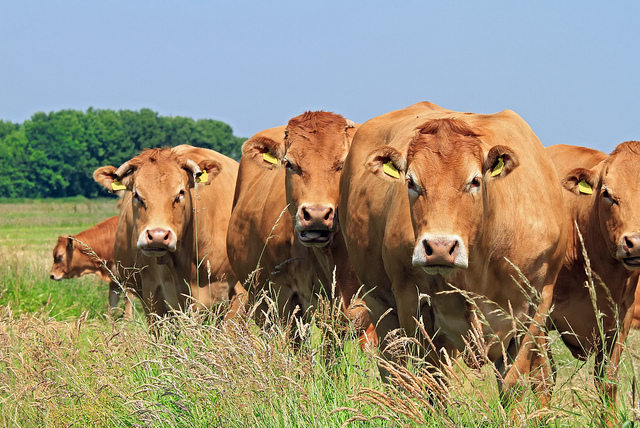



It's the perfect time to address soil compaction in grassland
Autumn is the time to address soil compaction, according to independent soil scientist, Chris Duller, who urges producers to repair any damage to grassland incurred through the previous grazing season.“September and October are our biggest opportunities because at any other time of year, we are in danger of losing grass growth,” he says.

“Any action taken is designed to put more air into the soil, so there’s a risk the soil will dry out if it’s done in summer, whereas in autumn, we know it’s going to get wetter.”
Equally, he says any root damage in spring or summer can impact grass growth, whereas roots naturally die off in autumn, and soils have all winter to settle.
However, although machinery which aerates the soil plays an important part, he says there are cheaper and easier ways to address compaction.
“I am a fan of letting nature take its course where that’s possible, although it may be necessary to go in with a machine,” he says.
These include a slit aerator, whose blades will punch through to a depth of around 4-6 inches (10-15cm) and is suited to compaction which builds up after a season of heavy grazing.
Or there’s the grassland subsoiler or sward lifter, which penetrates to 8-9 inches (20-23cm).
“This can repair long-term grazing and machinery damage such as in gateways or the plough pan, although its name is a misnomer as this is nowhere near the subsoil,” he says.
Signs that aeration is needed may be hard to discern, although Mr Duller says: “There are huge issues which are not always obvious – no one turns up on your farm and says here’s your bill for soil compaction.”

However, he says compaction restricts the depth of root penetration, limits plant nutrient and water uptake and increases the susceptibility of swards to both flooding and drought by restricting soil moisture movement.
“Less air also restricts bacterial activity, and organic matter will only break down if there’s oxygen present and a healthy soil biology,” he adds.
A knock-on effect on the species composition of a sward will see ryegrasses, nutritional value and productivity decline, while meadow grass and weeds increase, alongside the bill for spraying.
“Compaction also limits the number of days you can graze, maybe stealing a week from either end of the grazing season, or delaying a fertiliser application,” he adds.
However, despite the efficacy of mechanical aeration he urges growers to address their farming methods.
“I would rather farmers had a management regime which did not rely on machinery – which in my view is the last option,” he says.
This means having the right type of grassland to maintain sward density and choosing diploid varieties with good ground-cover and persistence.
“Having a mix of species is a good aid to improving soil health long-term, so think about including multispecies swards – but beware compromising sward density too much, especially on wetter ground,” he says.
“Have control over your grazing regime so you don’t have to turn cows on to wet fields – or even just wet parts of fields – and allow soils to recover,” he adds. “Don’t get fixated by the grazing book and the length of rotations and covers. There may be times when you have to prioritise the soil, and lose some short-term animal efficiency.

“Encourage soil health with a light application of manure in preference to a heavy application of slurry; avoid heavy grazings, and have an infrastructure of tracks and enough gateways,” he says.
“Look at your system and the pressures you are putting it under, and get to the root of your problems,” he says.
“Don’t damage fields that are already damaged, as the problems will easily become severe,” he says. “And find the reason for any damage before charging in with a machine.”
He says every field is different and needs to be assessed and nurtured.
“Hopefully, 90% of the farm will be in good heart but 10% may need help. But with the right interventions, by March of next year, everything could be mended.”
How to prevent compaction by livestock
- Keep livestock off wet fields after heavy rainfall
- Grazing very wet fields results in poaching, damaging the upper layer of the soil and reducing sward density
- High stocking densities can result in increased soil compaction
- Increase grazing rotations, particularly in wet conditions
- Strip graze with a back fence
- Ensure a good network of farm tracks and multiple gateways
- Site drinkers and feeders to avoid compaction
- Move temporary drinkers and feeders regularly
- Favour a light application of manure over slurry
TheCattleSite News Desk



